Research Report | Libra, Central Bank Digital Currency, USDT, who will be the ultimate winner in the payment industry?
Source: Coin Orange
Editor's Note: The original title is "Libra, DC/EP, USDT. Who will be the ultimate winner in the payment industry? | Coin Orange Research Report"
Foreword
On June 18th, Facebook officially released a white paper to launch Libra. As a stable currency, Libra is backed by a basket of currencies and real assets, with a focus on payment settlement, designed to create a secure, stable, and affordable cross-border payment system. A stone has stirred up thousands of waves, and news about Libra has been endless. First, the United States Trump spoke outside the air, G7 meeting joint pressure, followed by the world's central banks began to prepare for the issuance of digital currency, and then to the recent withdrawal of international financial giants "Allies" such as PayPal, Visa, MasterCard, Stripe and eBay, Libra The panic caused by the international community is self-evident. The tension in the international community is not without reason. FB, as an international business giant with 2.7 billion users, has a radiation surface that covers all corners of the world and is a potential threat to the national currency.
In the face of pressure from Libra, central bank digital currency (CBDC) is also about to enter the payment field. Take China as an example. On August 10, Mu Changchun, deputy director of the Payment and Settlement Department of the People's Bank of China, said at the Third China Financial Forty Forum that the R&D of China's central bank digital currency (DC/EP) has been up to five years. For a long time, the current DC/EP is coming out. Mu Changchun also mentioned that the central bank's legal digital currency is an alternative to M0. It adopts the “loan-coupled” delivery method, which can realize the value transfer from the traditional bank account, and greatly reduce the dependence of the transaction link on the account. Shortly thereafter, Mu Changchun opened the course "Technology Finance Frontier: Libra and Digital Currency Outlook" on the knowledge payment platform on September 4. Other countries, such as the United States, Canada, Sweden, India, Singapore, Thailand, Uruguay, etc., are planning the issuance of CBDC. Reducing circulation costs, making payments safer and more efficient, improving the financial system, and strengthening government control over money supply are the shared vision of central banks to implement digital currencies.
- Getting started with blockchain | What is the difference between cryptocurrency investment and speculation? How to make both fish and bear's paw
- Web3.0 Macro-Logical Thinking: From Technical Illustrations to Business Paradigms
- Stirring the global central bank, the legal digital currency behind the "squid" Libra
There is also a force to participate in the new round of payment market competition, it is currently the world's largest stable currency – TET (USDT). The USDT was issued by Tether and went live on the Bitfinex and Poloniex exchanges in 2015, with a commitment to convert to the US dollar in a 1:1 ratio. The cryptocurrency anchors the legal currency in order to combine transaction fast, payment security and currency stability, thus playing a unique advantage in cross-border payment. At present, TEDA Bank's main business has three major sectors: legal currency OTC arbitrage, Defi commercial lending and cross-border payment business. It is reported that 70% of the world's cryptocurrency transactions are settled by USDT. Exchange rate fluctuations will inevitably lead to huge consumption costs. The current global demand for USDT is huge, and USDT has its advantages in the currency circle.
A currency as a payment medium, its stability and security must be adequately protected, and its scope of use should be broad enough. Libra, DC/EP, USDT who will be the ultimate winner in the payment industry? The respective advantages of their respective advantages, where and where they are, will be explained in detail in this report.
First , Libra
Stability: 3 stars
Security: 3 stars
Application scenario: 4 stars
Stability
Libra's stability is backed by a basket of legal coins and real assets. According to the white paper's vision, Libra is designed to be a currency with value preservation. Therefore, the stability of the legal currency and actual assets directly determines the stability of Libra. Obviously, a basket of currencies is more stable than a single currency, so in theory, Libra is very stable. However, no matter which kind of legal currency, there is the possibility of additional issuance and depreciation. That is to say, in the case of systemic financial risks, it is difficult to avoid the risks caused by exchange rate fluctuations.

Figure 1: Proportion of currencies in Libra Reserve (Source: Reuters)
According to the white paper, the Libra Association does not develop its own monetary policy, but “manufactures” and “destroys” Libra coins based solely on the needs of authorized dealers. To create a new Libra currency, the dealer must transfer the legal currency to the reserve in a 1:1 ratio. By working with authorized resellers, the association will automatically create new coins as demand increases and destroy them as demand shrinks. Libra differs from Bitcoin in its scarcity. Bitcoin has its upper limit, Libra does not. Since Libra coins can be artificially added and destroyed, the real reserve is only a promise, and it is difficult for the public to know the full extent of Libra. With the insights of the Bretton Woods system, Libra also has the same risk of decoupling, spamming, or purely manipulating its scarcity as the dollar. This is another reason why Libra's value is unstable.

Figure 2: Libra token and reserve exchange process (Source: Coin Orange Institute)
Libra Association members are a group of international business giants. It is equivalent to saying that users have to assign assets to the hands of commercial companies. Libra's member companies are closely related to FB. In fact, it is not easy to "diversify". Essentially, The dominance is still in the hands of FB, so Libra's supervision is not objectively neutral. In the presence of moral hazard, commercial giants have regulatory loopholes in the allocation of assets and the management of Libra's actual value.
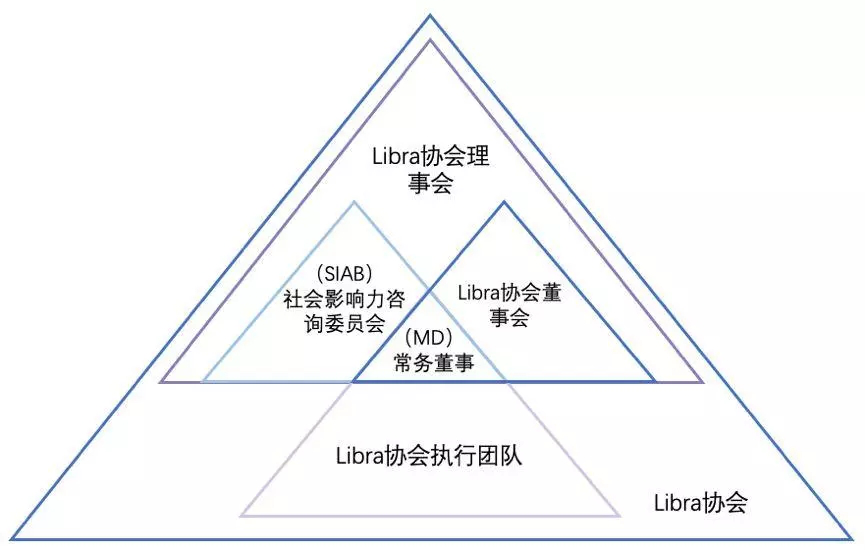
Figure 3: Organization of the Libra Association (Source: Coin Orange Institute)
Table 1: Founding members of the Libra Association (Source: Coin Orange Institute)
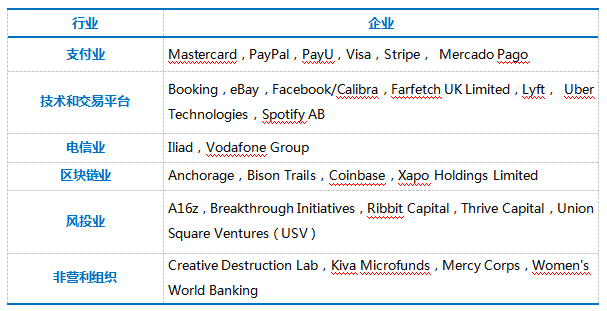
In addition, in the face of the suppression of the US government and other international forces, international payment giants such as PayPal and Visa are unable to withstand the pressure to withdraw. Libra faces internal and external problems, which has led Libra to go a long way. Therefore, from a practical perspective, Libra's stability is not as good as the one depicted on the white paper. However, the white paper also mentions that the assets in the reserve will be held by custodians with investment-grade credit ratings distributed around the world to ensure the security and dispersion of assets, and currently it is still the advantage of living.
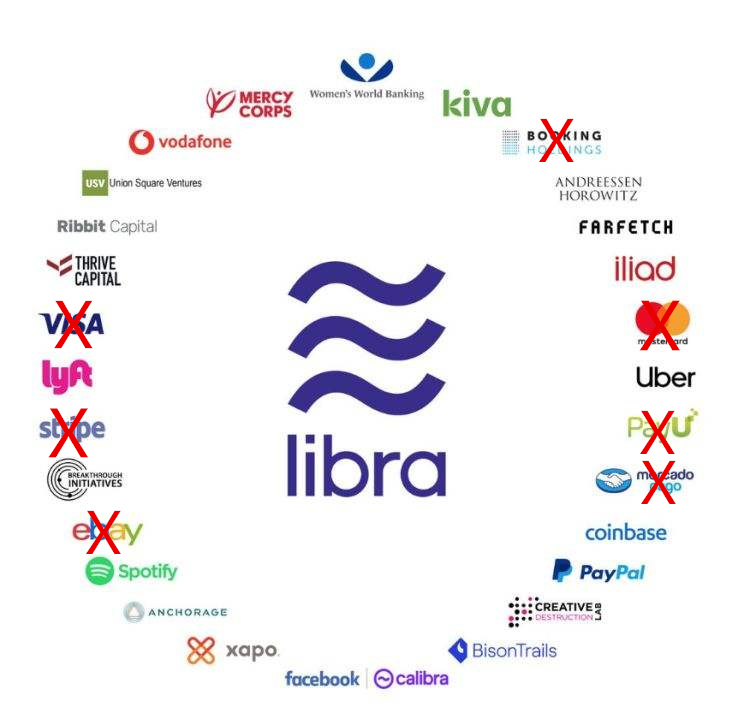
Figure 4: Seven companies have withdrawn from the Libra Association (Source: Coin Orange Institute)
2. Security
FB uses the decentralized alliance blockchain technology to account for Libra. The alliance chain is open source, and its books appear to be more like a collection of historical records of the book status, facing the technical shortcomings of the blockchain. Libra uses a hybrid architecture to support retail payments. The Libra Alliance chain is written in the Rust language, which is highly secure and easy to use, and does not slow down any functional programs in the runtime system. On the contract side, Libra uses the Move programming language to implement custom trading logic and "smart contracts" in the Libra blockchain. At design time, the contract takes into account its security and can resolve loopholes in contract re-entry. Both the Rust and Move languages use a static class system that allows type checking to be done at compile time, reducing the time-consuming bugs.
Libra will properly protect the privacy of the user. The user's information on Libra is private to the user and does not communicate with the FB social account. Authentication is implemented through Libra's public key and does not reveal any user's private data. The transaction is anonymous, the transaction does not contain a link to the user's true identity, only the data associated with the transaction is recorded. The Libra Association has designed a consensus mechanism for Libra – LibraBFT. The mechanism has one-third of fault tolerance, prevents double-flower attacks, high throughput, and can reduce the number of inter-node communication times when the primary node fails, triggers View Change, and improves the system's ability to respond to attacks. From a technical perspective, Libra's security can be guaranteed.
3. Application scenario
The range of use is Libra's biggest advantage. FB sits on 2.7 billion users, accounting for 1/4 of the world's total, and its potential users are considerable. Even with only 1% conversion rate, the total number is large enough to affect the global payment trend. Libra's main payment function, supported by blockchain technology, eliminates the need for exchange settlement, and cross-border payment is not only faster, but also saves transaction costs. If Libra can be used directly as a currency, because it has the payment function of Alipay and WeChat, it is equivalent to the Q coins that can be used to purchase real goods, from commodity trading to asset transfer, covering online and offline transactions. Libra's penetration area is very wide. Because Libra has a monetary attribute, it can be used for value storage and as a measure of value in addition to payment methods.
If Libra is successfully implemented, it is likely to become a tool to avoid exchange rate risk. Many people's preference for the US dollar may be converted to Libra's preference. Many products can even be priced with Libra. Many traditional financial institutions will be affected and even forced to transform. However, the application of all of this is based on Libra's successful landing. In the face of pressure from many sovereign countries, it is still unknown whether Libra can be successfully promoted by the business alliance. In the short term, it is difficult for Libra to surpass the status of traditional sovereign currencies, because sovereign states can naturally gain the trust of the masses compared to commercial organizations. In addition, Libra is also faced with the risk of money laundering. Once Libra is used by criminals, the international Libra controversy will be multiplied.
Second , DC/EP
Stability: 4 stars
Security: 5 stars
Application scenario: 5 stars
Stability
DC/EP adopts a two-tier structure of “central bank – commercial bank/other operating organization”: compared to the single-tier transportation system that directly issues digital currency to the public, the central bank will adopt “first convert digital currency to commercial bank/other operations”. A two-tier operating system in which an organization (a commercial organization/other operating organization pays a full amount to the central bank, 100% of the reserve), and then the commercial bank/other operating agency converts it to the public. This operating system allows DC/EP to be double-layered, with both a central bank and a double-layered bottom of a commercial organization, which is sufficient to ensure DC/EP stability. Because it is the digitization of legal currency, DC/EP has incomparable stability in terms of legal rights.
DC/EP is a digital renminbi issued by the central bank and supported by national credit. It is equivalent to traditional banknotes and coins. Therefore, the stability of the renminbi is essentially explored. As we all know, the renminbi is a credit currency, and the price of the renminbi is affected by the international environment, so the stability of the DC/EP is subject to fluctuations in international exchange rates. As a legal currency, DC/EP's credibility and stability are higher than cryptocurrencies.
2. Security
Fan Yifei, deputy governor of the central bank, and Mu Changchun, deputy director of the Department of Payment and Settlement and director of the Digital Monetary Research Institute, have repeatedly elaborated on the overview of China's central bank's digital currency: positioning, focusing on the substitution of cash (M0); on the operating system, adopting “ The two-tier structure of the central bank-commercial bank; on the technical route, considering the blockchain technology, does not load smart contracts that are unfavorable for performing the monetary function; on the account, only the real name of the central bank is anonymous, and other entities outside the transaction are anonymous (including Distribution agency's commercial bank).
Compared with traditional banknotes, DC/EP has the advantage of being unforgeable, thus preventing the appearance of counterfeit currency and being more convenient to carry than traditional banknotes. DC/EP is safer than bank deposits because it is indebted by the central bank. China has already reached the forefront of the world in the field of financial technology. It has relatively mature IT hardware facilities and a very complete clearing system. Users have accumulated more experience in electronic payment, so DC/EP has a good technology and user base. . DC/EP is a digital currency created to improve the financial payment environment, defend currency security and the status of legal currency. National-level technology has a high level of security. However, it is worth noting that the use of anonymous transactions may contribute to crimes such as tax evasion, terrorist financing and money laundering. In addition, DC/EP needs to lay down the required hardware facilities during the implementation process. It takes a process to popularize DC/EP. It takes a period of time for the public to adapt to DC/EP. During this time, be wary of criminals taking advantage of it, using DC/ The new concept of EP is for financial fraud and telecom fraud.
3. Application scenario
As a central bank digital currency, DC/EP has unlimited liability as a substitute for cash. In other words, you can't refuse to accept DC/EP as long as you can use electronic payment. Like encrypted assets, DC/EP gets rid of its dependence on traditional banks. DC/EP mainly serves the retail scene. When using DC/EP for payment, you don't need to bind the bank account or even connect to the network. As long as the mobile phone has power, you can transfer the money directly. Offline payment is an advantage that traditional banknotes do not have in cryptocurrencies and other payment platforms. Like the advantages of cryptocurrency, DC/EP can also meet the user's anonymous payment needs, which is not available in Alipay, WeChat, and bank cards. DC/EP can also save the cost of printing, transporting, storing and circulating currency in circulation. Cross-border payment by DC/EP can save the friction cost of cross-border transfer, which is also a large amount in macro view.
DC/EP creates space for negative interest rates, which can stimulate consumption or stabilize exchange rates when the economy declines, economic growth momentum weakens, tax cuts spurt down, or the local currency faces pressure to appreciate. But the central bank's digital currency has a drawback, that is, it must be paid by mobile phone. In extreme cases, if there is no electricity, the use of DC/EP is forced to be interrupted. The DC/EP is strictly regulated by the central bank, so the transaction amount will be strictly limited. In addition, compared to cryptocurrencies, DC/EP faces the same international use as other forms of renminbi. DC/EP and other cryptocurrencies or central banks' digital currencies in other countries, who can get wider recognition from the international community, can see who can push their internationalization process deeper. In essence, it is also the issue of the internationalization of the RMB. Similarly, the promotion of central bank digital currency CBDC in other countries must face the same problem.
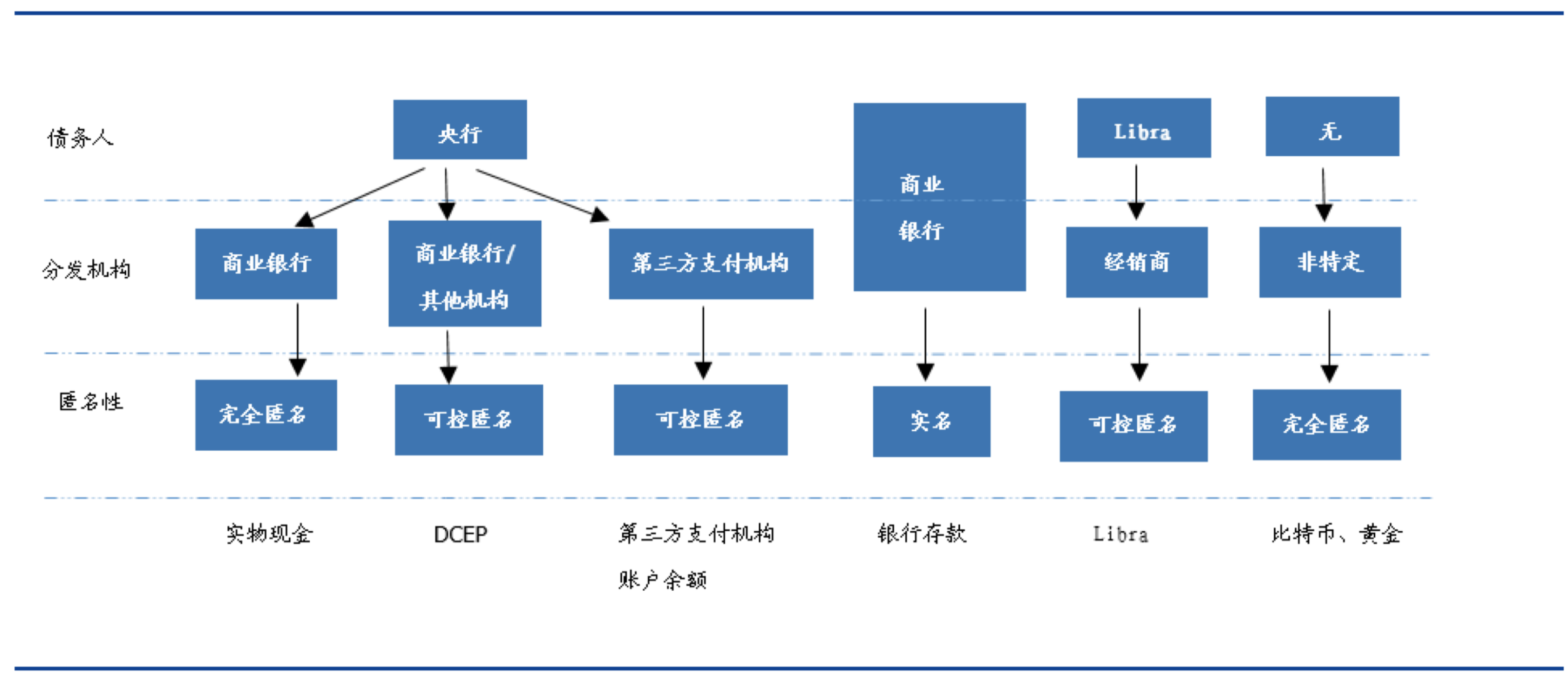
Figure 5: Differences between DCEP and other currency patterns
(Source: Libra White Paper, official website, Guosheng Securities Research Institute)
Third , USDT
Stability: 2 stars
Security: 2 stars
Application scenario: 2 stars
Stability
The USDT is a cryptocurrency issued by Tether based on blockchain technology. Each USDT is backed by one dollar to ensure the stability of the USDT. Since some countries impose strict restrictions on the use of legal currency to purchase digital assets, and the market still has a large demand for purchasing cryptocurrencies, the USDT with relatively stable currency value is favored by traders. Now USDT is the largest stable currency in the market, with total assets of up to 3.5 billion US dollars. Although the USDT anchors the US dollar in a 1:1 ratio, its nature is not the same as the US dollar. The stability of the USDT has recently been questioned.
Although Tether claims that the USDT is decentralized in the white paper, Tether also stated that they are “not a perfect decentralized company” and stated that “as a centralized pledge party stores all assets”. In theory, as an independent third-party company, Tether also has the risk of thunder. The USDT's reserve assets are opaque and undisclosed, so it is difficult to say whether the reserve assets correspond to the same full value promised by Tether. The lack of supervision of the USDT account and the auditing process have always been obscured. Since the issuance, it has been issued hundreds of times, which has repeatedly caused market panic, which has gradually lost confidence in it. At present, USDT is pegged to the US dollar. Stability is its biggest selling point, but the stability of USDT is not reliable.
2. Security
In recent years, Tether has performed very badly, and USDT has almost no security at all. As early as 2017, USDT was banned from bank accounts because of financial fraud. In November of the same year, it was hacked, causing many exchanges to be suspended. In June 2018, the USDT was exposed to logic with serious bugs, and time bombs could explode at any time. In October 2018, Bloomberg reported that USDT's custodian bank Noble Bank was insolvent and had lost many customers, including Tether and Bitfinex, and was looking for buyers to sell its assets. In November, the US Department of Justice began to verify whether Tether was suspected of illegally controlling the price of Bitcoin in 2017. Then Tether disregarded public doubts and destroyed 500 million USDTs and reissued 50 million.
In April of this year, Tether was exposed to at least $700 million from the reserve to offset the trading losses of Bitfinex. After the USDT thunder, the price plummeted, but in exchange for the BTC's straight skyrocketing. At the beginning of September, USDT issued another $65 million. See Table 2 for information on USDT issuance. The reason why the USDT, which frequently crashes, can stabilize the stable currency is the good foundation brought by the first-mover advantage. But in the long run, the "dollar dollar" USDT will also be precarious.
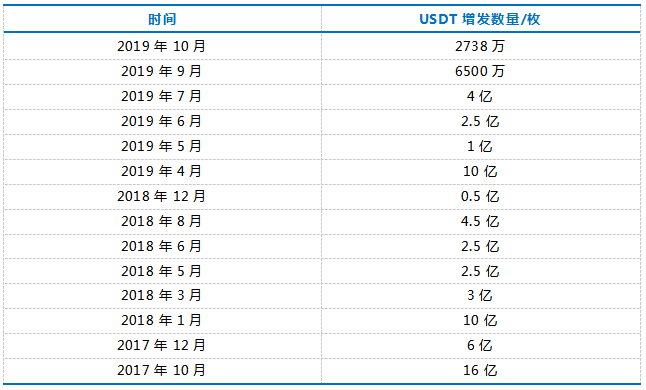
Table 2: Repeated issuance of USDT, flooding, unrestrained (Source: Coin Orange Institute)
3. Application scenario
The USDT is mainly used for the pricing and purchase of encrypted assets. Since it is difficult to trade directly in the cryptocurrency market in many cases, it is usually converted into USDT for purchase. In China, almost 100% of bitcoin transactions use USDT. The active range of the USDT is limited to the cryptocurrency market, making it difficult to expand into other areas of the transaction. Because it is tied to the US dollar, in theory, USDT can sometimes be used as a substitute for legal tender. However, the USDT only anchors the US dollar and has greater volatility and risk than the US dollar. Even if it can be used for payment in kind, the market will prefer the US dollar in the same situation. However, as a cryptocurrency, the USDT itself can also be used for cryptocurrency investments. However, based on the frequent occurrence of USDT accidents, it is necessary to be cautious in holding the USDT, and even be wary of the risk of “empty quilt”.
in conclusion:
Based on the previous analysis, we compare and summarize Libra, DC/EP, and USDT. On the whole, the best stability and safety is DC/EP, followed by Libra, and the stability and safety of USDT need to be strengthened. DC/EP is the most widely used in terms of payment scenarios. However, if Libra can successfully land and is widely accepted around the world, Libra's cross-border payment strength should not be underestimated. The digital currency contest between a commercial alliance and multiple sovereign countries is not equal in the short term, so the DC/EP's main rival is the digital currency of other central banks. Since the ancestors step by step, the digital currency of many countries is still in the stage of discussion. Therefore, the author is optimistic about China's DC/EP. The payment range of USDT is severely limited. In addition to repeated issuances, violent thunders and severe information asymmetry, whether USDT can stand firm in the stable currency market in the future, and see its perfection and development.
[Disclaimer]
This report is only for project analysis and interpretation. It is only for readers to understand and learn materials, and is not used as a basis for investment reference. The final interpretation of this report is owned by the Coin Orange.
We will continue to update Blocking; if you have any questions or suggestions, please contact us!
Was this article helpful?
93 out of 132 found this helpful
Related articles
- Ethereum in-depth comment: new address number forecast price trend valuation is afraid of historical low
- Exclusive Interpretation | Tencent Blockchain White Paper on Libra, Face Up or Downward Strike?
- Academic Direction | How does Bitcoin drive breakthrough innovation in accounting?
- Viewpoint | Blockchain is a digital social governance system for AI smart new species
- Bitfinex parent company submits a search application to the US court, intending to recover the frozen 880 million US dollars
- The World Internet Conference is coming. I found a blockchain company in Wuzhen.
- In the questioning, how does Libra's currency basket fall? Single anchor instead of integrated anchoring?





